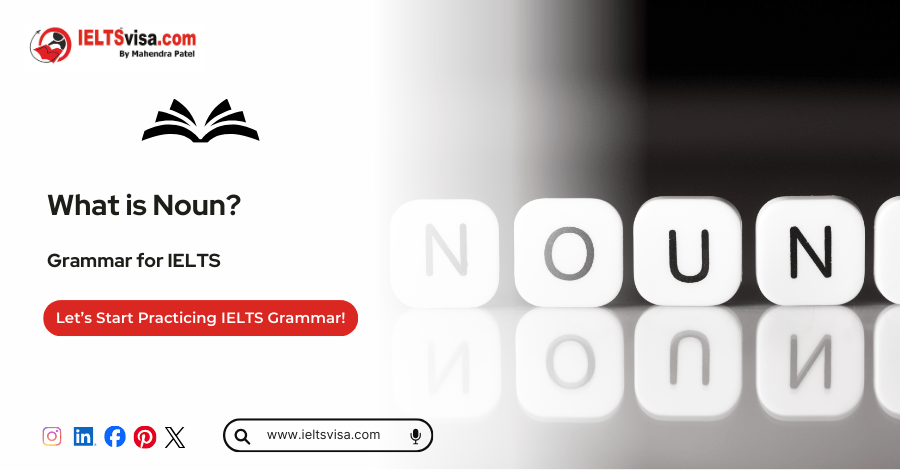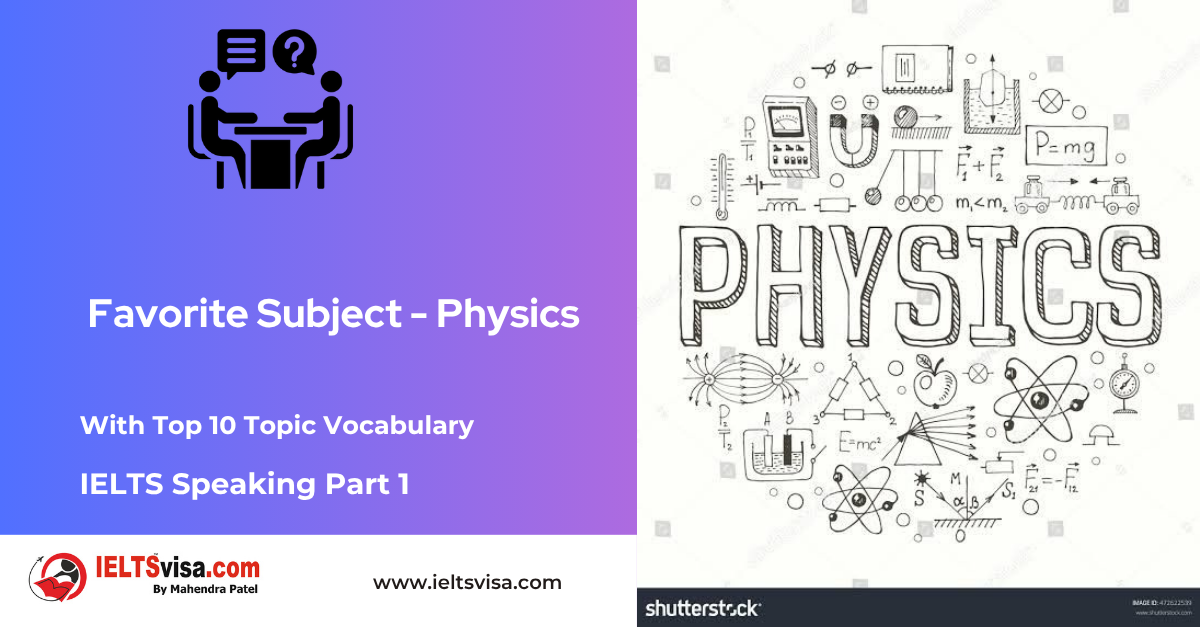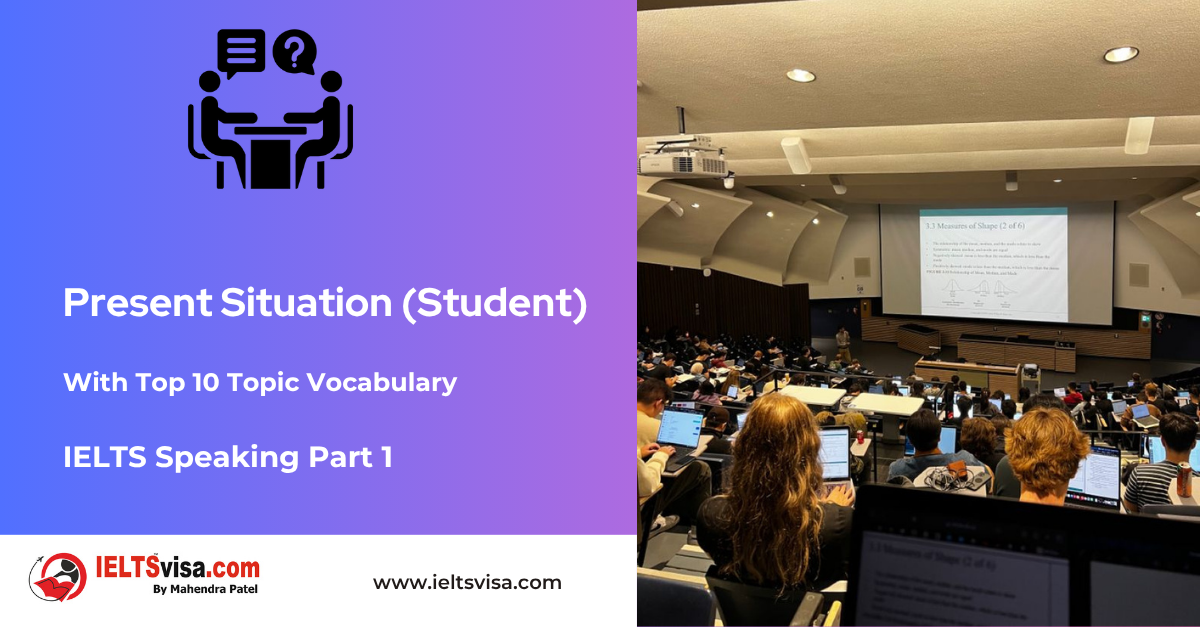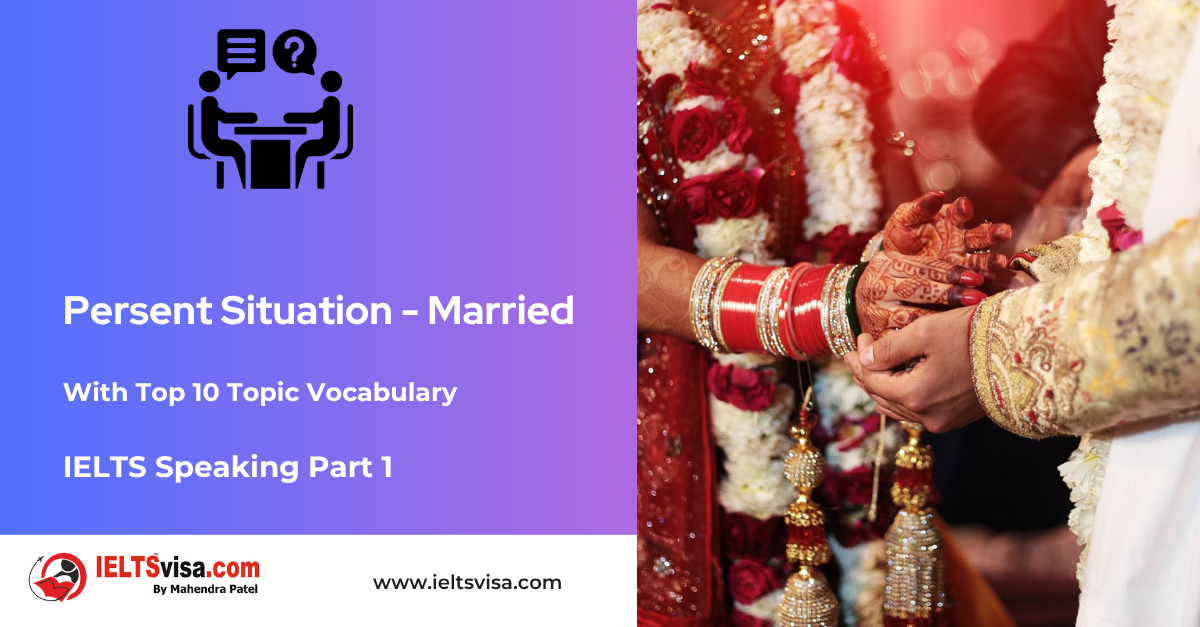What is Noun: Definition & Types with Examples
Grammar for IELTS

What is Noun: Definition & Types with Examples
Nouns, also known as naming words, are one of the most fundamental elements of grammar. They are the first part of speech most learners encounter when studying English. Anything that can be identified—a person, place, object, idea, or feeling—can be referred to as a noun. In this article, we will explore what nouns are, the various types, and their roles in sentences, along with numerous examples.
Here Is What We Will Be Covering in This Article About Nouns:
1. What Is a Noun?
2. Examples of Nouns
3. Types of Nouns
-
-
-
- Proper Nouns
- Common Nouns
- Concrete Nouns
- Abstract Nouns
- Countable Nouns
- Uncountable Nouns
- Collective Nouns
-
-
4. Nouns Used as Different Components of a Sentence
-
-
-
- Nouns Used as a Subject
- Nouns Used as an Object
- Nouns Used as a Direct Object
- Nouns Used as an Indirect Object
- Nouns Used as a Complement
- Nouns Used as Adjectives
-
-
5. Check Your Understanding of Nouns in Sentences
6. Frequently Asked Questions on Nouns
What Is a Noun?
A noun is a word that identifies a person, place, thing, or idea. Nouns can refer to tangible items that we can see, touch, or feel, as well as abstract concepts that exist in our minds. Nouns play versatile roles in sentences, functioning as subjects, objects, or complements.
Examples of Nouns:
-
- People: doctor, Emily, firefighter, mother
- Places: city, library, Paris, school
- Things: chair, apple, computer, bag
- Ideas: courage, freedom, happiness, democracy
In Sentences:
-
- The dog barked loudly. (Dog identifies a thing.)
- Emily went to the park. (Emily identifies a person.)
- Love conquers all. (Love identifies an idea.)
Types of Nouns
Nouns can be classified into various categories, each with specific characteristics. Understanding these types helps in constructing clear and precise sentences.
1. Proper Nouns
Proper nouns refer to specific names of people, places, or organizations. They are always capitalized.
Examples:
-
-
- Emily
- Eiffel Tower
-
In Sentences:
-
-
- Emily enjoys painting.
- The Eiffel Tower is in Paris.
-
2. Common Nouns
Common nouns are general names for people, places, or things. They are not capitalized unless they begin a sentence.
Examples:
-
-
- teacher
- city
- car
-
In Sentences:
-
-
- The teacher explained the topic.
- We live in a bustling city.
-
3. Concrete Nouns
Concrete nouns refer to objects that the senses can perceive.
Examples:
-
-
- book
- flower
- chair
-
In Sentences:
-
-
- I bought a new book yesterday.
- The flower smells amazing.
-
4. Abstract Nouns
Abstract nouns denote ideas, qualities, or states that cannot be seen or touched.
Examples:
-
-
- freedom
- honesty
- bravery
-
In Sentences:
-
-
- Honesty is a valuable trait.
- Freedom comes with responsibility.
-
5. Countable Nouns
Countable nouns can be quantified and have singular and plural forms.
Examples:
-
-
- apple/apples
- chair/chairs
-
In Sentences:
-
-
- I have two apples in my bag.
- We bought several chairs for the event.
-
6. Uncountable Nouns
Uncountable nouns represent things that cannot be counted individually.
Examples:
-
-
- water
- sugar
- music
-
In Sentences:
-
-
- There is no more water in the jug.
- Music fills the room with joy.
-
7. Collective Nouns
Collective nouns refer to groups of people, animals, or things as a single entity.
Examples:
-
-
- team
- family
- flock
-
In Sentences:
-
-
- The team is ready for the match.
- A flock of birds flew by.
-
Nouns Used as Different Components of a Sentence
Nouns perform various roles in sentences. Let’s examine these roles in detail.
Nouns Used as a Subject
The subject of a sentence is usually a noun that performs the action or is being described.
Examples:
-
- Bruno loves to play in the park.
- The teacher is explaining a new lesson.
Nouns Used as an Object
Nouns can serve as objects, receiving the action of the verb in a sentence.
Examples:
-
- I bought a pen.
- Where is your book?
Nouns Used as a Direct Object
A direct object answers the question “What?” or “Whom?”
Examples:
-
- She gave me a gift. (What did she give? – A gift)
- He read a novel. (What did he read? – A novel)
Nouns Used as an Indirect Object
An indirect object answers the question “To whom?” or “For whom?”
Examples:
-
- He sent his friend a letter. (To whom did he send the letter? – His friend)
- She baked her sister a cake. (For whom did she bake the cake? – Her sister)
Nouns Used as a Complement
Complements describe or modify subjects or objects in sentences.
Subject Complement Examples:
-
- My father is a doctor.
- The winner was Sarah.
Object Complement Examples:
-
- They elected her president.
- We named the puppy Max.
Nouns Used as Adjectives
Sometimes, nouns act as adjectives, modifying other nouns.
Examples:
-
- I need a coffee mug.
- The school library is huge.
Check Your Understanding of Nouns in Sentences
Identify the nouns and their roles in the following sentences:
1. The cat is sitting on the mat.
2. She gave her brother a new toy.
3. Freedom is the essence of democracy.
4. The team won the championship.
5. I enjoy listening to music in my free time.
Answers:
1. Cat (Subject), mat (Object of Preposition)
2. Brother (Indirect Object), toy (Direct Object)
3. Freedom (Subject), essence (Complement), democracy (Object of Preposition)
4. Team (Subject), championship (Direct Object)
5. Music (Direct Object), time (Object of Preposition)
Frequently Asked Questions on Nouns
Q1. What is a noun?
A noun is a word used to identify a person, place, thing, or idea. Examples include “dog,” “city,” “freedom,” and “teacher.”
Q2. What are the different types of nouns?
Nouns are categorized into proper nouns, common nouns, concrete nouns, abstract nouns, countable nouns, uncountable nouns, and collective nouns.
Q3. How do nouns function in sentences?
Nouns can function as subjects, direct objects, indirect objects, complements, and even adjectives in sentences.
Q4. Can a noun be both concrete and countable?
Yes, for example, “apple” is both a concrete noun (it can be touched and seen) and a countable noun (you can have one apple or multiple apples).
Q5. Can nouns function as verbs or adjectives?
Yes, nouns can sometimes function as verbs or adjectives, depending on their usage. For example, “water” as a noun (“I drink water”) and as a verb (“I water the plants”).

Our Books
Master IELTS Speaking Part 1
IELTS Writing Task 1 Book
IELTS Writing Task 2 Book
Practice IELTS Other Modules
IELTS Listening
The IELTS Listening test assesses how well you can understand spoken English in various contexts. It lasts about 30 minutes and is divided into four sections with a total of 40 questions. The listening tasks become increasingly difficult as the test progresses.
IELTS Academic Reading
The IELTS Academic Reading section assesses your ability to understand and interpret a variety of texts in academic settings. It is designed to evaluate a range of reading skills, including skimming for gist, reading for main ideas, reading for detail, understanding inferences, and recognizing a writer's opinions and arguments.
IELTS Speaking
The IELTS Speaking test assesses your ability to communicate in English on everyday topics. It lasts 11-14 minutes and consists of three parts: introduction, cue card, and a discussion based on the cue card topic.
IELTS General Reading
IELTS General Reading tests your ability to understand and interpret various types of texts. Here are some key areas and types of content you can expect to encounter in the reading section, along with tips for effective preparation.
IELTS Academic Writing Task 1
In IELTS Academic Writing Task 1, you are presented with a visual representation of information, such as graphs, charts, tables, or diagrams, and you are required to summarize, compare, or explain the data in your own words.
IELTS General Writing Task 1
In IELTS General Writing Task 1, you are required to write a letter based on a given situation. The letter can be formal, semi-formal, or informal, depending on the prompt. Here’s a breakdown of the key components to include in your letter
IELTS Academic Writing Task 2
In IELTS Academic Writing Task 2, you are required to write an essay in response to a question or topic. Here’s a guide to help you understand the essential elements of this task
IELTS Exam Tips
To succeed in the IELTS exam, practice regularly, familiarize yourself with the test format, improve your vocabulary, develop time management skills, and take mock tests to build confidence.
Grammer for IELTS
Grammar is the foundation of effective communication in English. Understanding tense usage, subject-verb agreement, and sentence structure enhances clarity and coherence in writing and speaking.
Vocabulary for IELTS
Vocabulary plays a crucial role in the IELTS (International English Language Testing System) exam, especially in the Speaking and Writing sections. Here’s an overview of why vocabulary is important and how it impacts your performance
RECENT IELTS SAMPLES QUESTIONS AND ANSWERS
IELTS Speaking Part 1 – Favourite Sujbect – Physics
IELTS Speaking Part 1 - Favourite Sujbect - Physics Q: What is your favourite subject? A: My favourite subject...
IELTS Speaking Part 1 – Present Situation (Student)
IELTS Speaking Part 1 - Present Situation (Student) Q1: Are you a student or do you work?A: I’m a full-time...
IELTS Speaking Part 1 – Present Situation – Employee – as an International Student and Social Worker
IELTS Speaking Part 1 - Present Situation - Employee - as an International Student and Social Worker Q1: Are...
IELTS Speaking Part 1 – Persent Situation – Employee- as an Electric Engineer
IELTS Speaking Part 1 - Persent Situation - Employee- as an Electric Engineer Q1: What do you do for a...
IELTS Speaking Part 1 – Persent Situation – Employee – as an Software Engineer
IELTS Speaking Part 1 - Persent Situation - Employee - as an Software Engineer Q1: What do you do for a...
IELTS Speaking Part 1 – Persent Situation – Married
IELTS Speaking Part 1 - Persent Situation - Married Q1: Are you married?A: Yes, I am married. My spouse and I...












